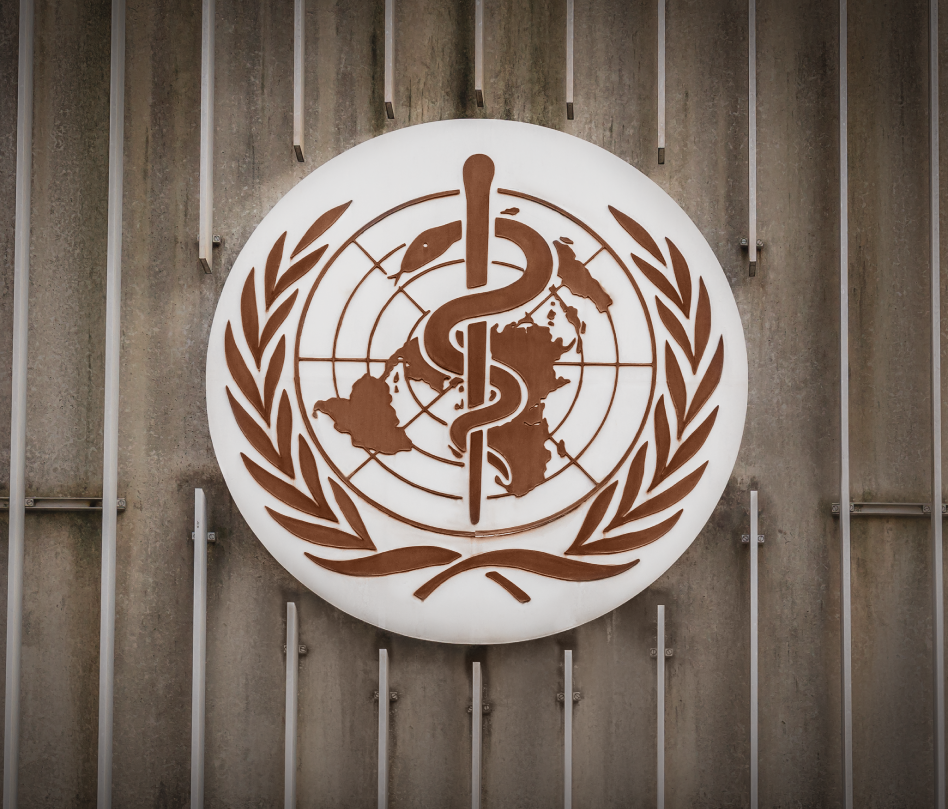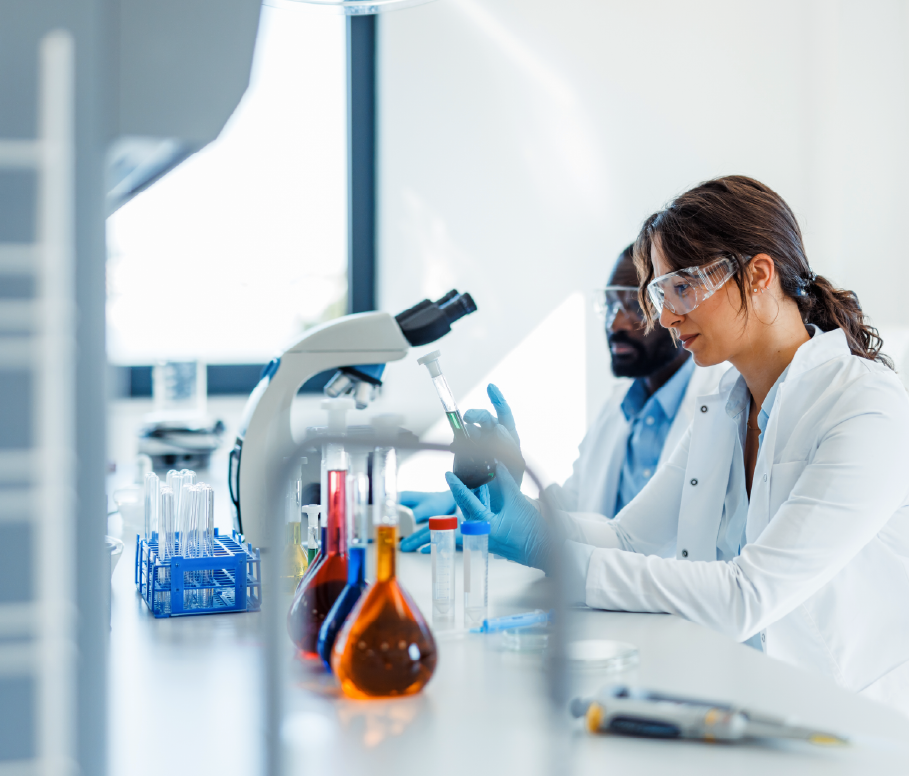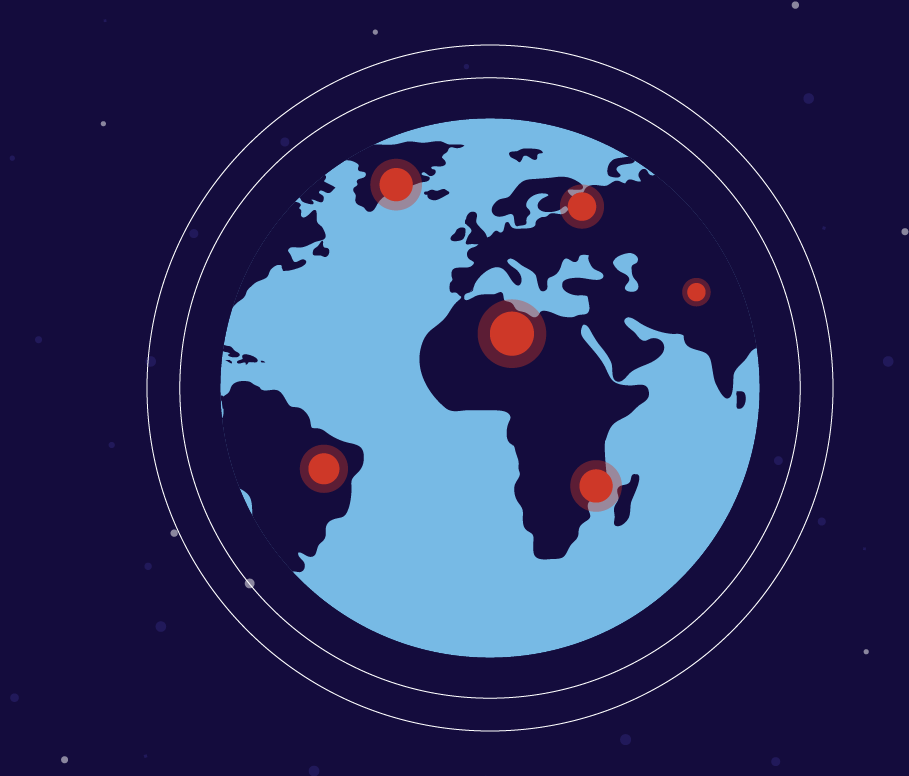The 74th World Health Assembly, held May 24-31, brought World Health Organization (WHO) Member States together virtually for a discussion largely focused on next steps in the ongoing COVID-19 pandemic. Much has changed since the Member States last convened at the 73rd Assembly in November. Although the pandemic is far from over, scientists have made great strides in the development of novel COVID-19 vaccines, giving promise that an end to the pandemic is within reach. WHO Director General Dr. Tedros Adhanom Ghebreyesus focused his statements on next steps, urging Member States to step up and support a “massive push” to increase global vaccination rates.
Dr. Tedros took a moment during his opening speech to highlight the achievements of COVAX, a collaboration between players in the public and private sectors enabled by IP protection. “COVAX works,” he affirmed, adding that “we have shipped every single one of the 72 million doses we have been able to get our hands on so far to 125 countries and economies.” However, the program has encountered barriers to broad vaccine distribution it had planned for 2021.To address these issues, Dr. Tedros wrongly called for a global waiver of intellectual property (IP) rights, echoing claims shared by a group of Member States that IP is hindering vaccine production and distribution.
However, time and time again we have seen that IP serves a crucial role in the fight against COVID-19. IP rights enable the development of life-saving innovations, including the current COVID vaccines, and robust IP protections allow for key partnerships between governments, the private sector, non-governmental organizations and other stakeholders. Partnerships such as these allowed COVAX to begin distribution to countries, like India and Ghana, with remarkable speed. Indeed, the United States recently partnered with Pfizer to secure 500 million COVID-19 vaccine doses for distribution to low and lower-middle income nations around the world through the COVAX initiative. Without IP protections, none of the innovations or partnerships that are instrumental for an effective and swift response to the pandemic would have been possible.
We must work together and continue to facilitate partnerships…[to] ensure that everyone has access to the life-saving vaccines and treatments made possible by IP.
There are numerous barriers to access that are hindering efforts to distribute vaccines effectively and equitably globally, particularly in under-resourced and developing regions. Poor infrastructure, inefficient supply chains, low health literacy and health workforce shortages are just a few areas where improvements could help increase access, without jeopardizing vital IP protections. In Nepal for example, 46 percent of the rural population does not have access to “fair condition” roads, according to a World Bank survey. Without proper infrastructure, or actions to improve the many real challenges faced by many low- or middle-income countries, inequitable distribution will persist. The resolution on strengthening local production of health products begins to address this, but more can be done.
The response to the current pandemic has highlighted how a unified approach yields the strongest results. We must continue to work together and facilitate partnerships with and between the public and private sectors, so that we can design the most effective path forward and ensure that everyone has access to the life-saving vaccines and treatments made possible by IP.


